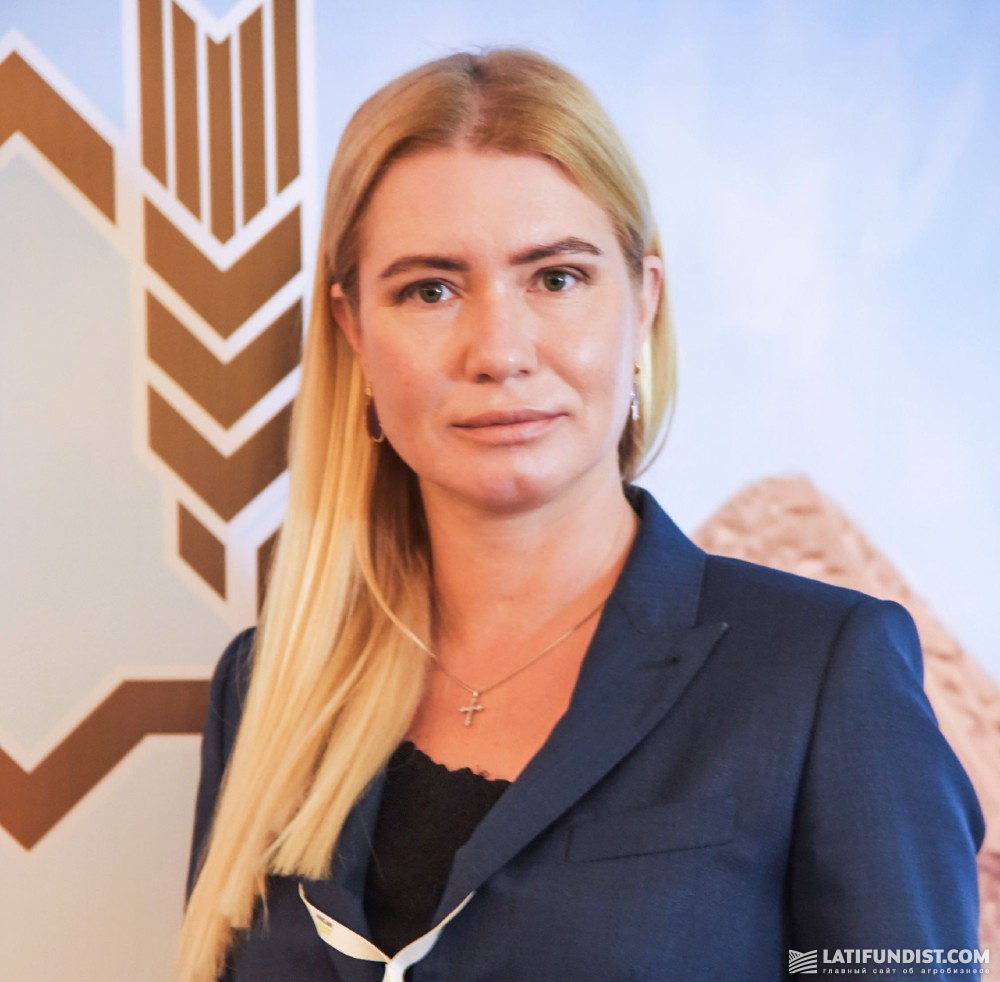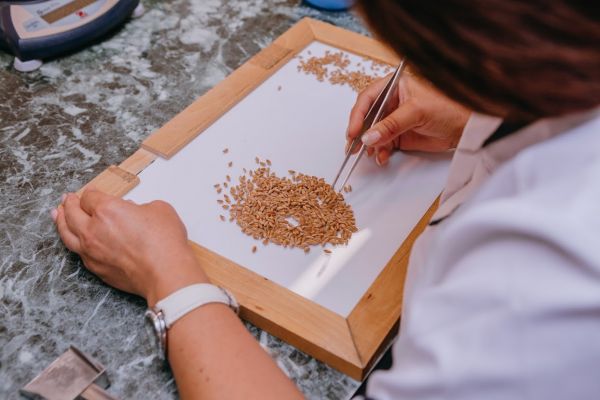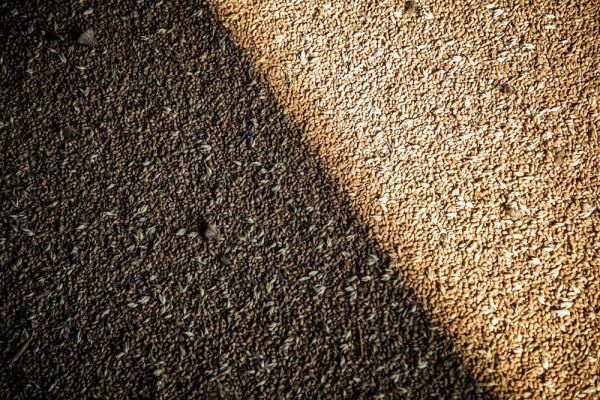Pesticides vs. Export — Forestall and Minimize Risks
At the end of April, the world media reported that Japan threatened to ban imports of honey from New Zealand after detecting the weed killer glyphosate in random product testing not meeting the Japanese regulatory level for this pesticide. As a result, at stake is USD 340 mln which New Zealand earns annually by exporting its honey to more than 40 countries of the world.
What does this case tell us? That it is extremely important for the exporting country to synchronize its legislation in accordance with the norms of the main importing countries. Thus, the decision of Ukraine to legally approve the maximum residue levels (MRL) for several pesticides (chlorpyrifos and chlorpyrifos-methyl) in agricultural products and food products at the EU level (0.01 mg/kg (mg/l)) is justified and timely. The EU countries are one of the main markets for Ukrainian agricultural products.

In addition, the Japan-New Zealand honey scandal once again raises the topic of pesticide pollution as one of the main export risks in today's international food and agricultural trade. And as more and more countries around the world tighten control and decrease MRLs of an increasing list of pesticides, the relevance of this topic will only grow.
As by RASFF, every year in the EU countries new detection cases of pesticides in imported agricultural products that exceed the MRL of the EU standards happen. In particular, in the summer of 2020, a significant excess of chlorpyrifos was revealed in a consignment of sunflower from Bulgaria supplied to Germany. In 2020, cases of traces of prohibited DDT(DDT (dichloro-diphenyl-trichloroethane) is a synthetic insecticide. Its usage is now banned, except for controlling malaria-carrying mosquitoes.) were detected in batches of millet from India, as well as quite frequent cases of detection of various pesticides in batches of rice from countries of Asia. Such cases have an extremely negative impact not only on a specific supplier but also on the trade image of the exact exporting country.
Related: Arina Korchmaryova: Agricultural Producer Should Be Responsible for Primary Quality of Grain
The good news is that in 2019-2021, Ukrainian products have never appeared in the announcements of the EU notification system RASFF regarding the contamination of imported agri products with pesticides, and this is undoubtedly an outstanding achievement of Ukrainian exporters. This factor contributes to the further growth of trust in our country as an exporter of safe and high-quality food.
Regarding the technical side of working with pesticides, I suppose that utmost attention should be paid to the reliability of detection, especially in the threshold ranges of values around 0.01 mg/kg (such as for chlorpyrifos and chlorpyrifos-methyl). Such limits (MRL) are equal to the limit of quantitative detection (LOQ) for a significant part of the instruments used in laboratories in Ukraine.
![]()
However, false-negative results obtained on equipment with low sensitivity are no less dangerous than false-positive results caused by possible local contamination of the cargo at different stages outside or inside the laboratory.
![]()
Thus, when deciding on the compliance of the cargo with the requirements of the importing country for the content of pesticide residues, an important factor is the confidence in the results issued by the laboratory, which in turn depend on the capabilities and the level of qualifications of the performers. Modern high-precision equipment of the Cotecna Ukraine laboratory, qualified staff, and many years of experience in the detection of the various pesticides is the key to a correct definition, interpretation, and reliable, timely results provided to the clients.
Arina Korchmaryova, Vice President of Cotecna Inspection S.A. for Baltic and Black Seas Market





